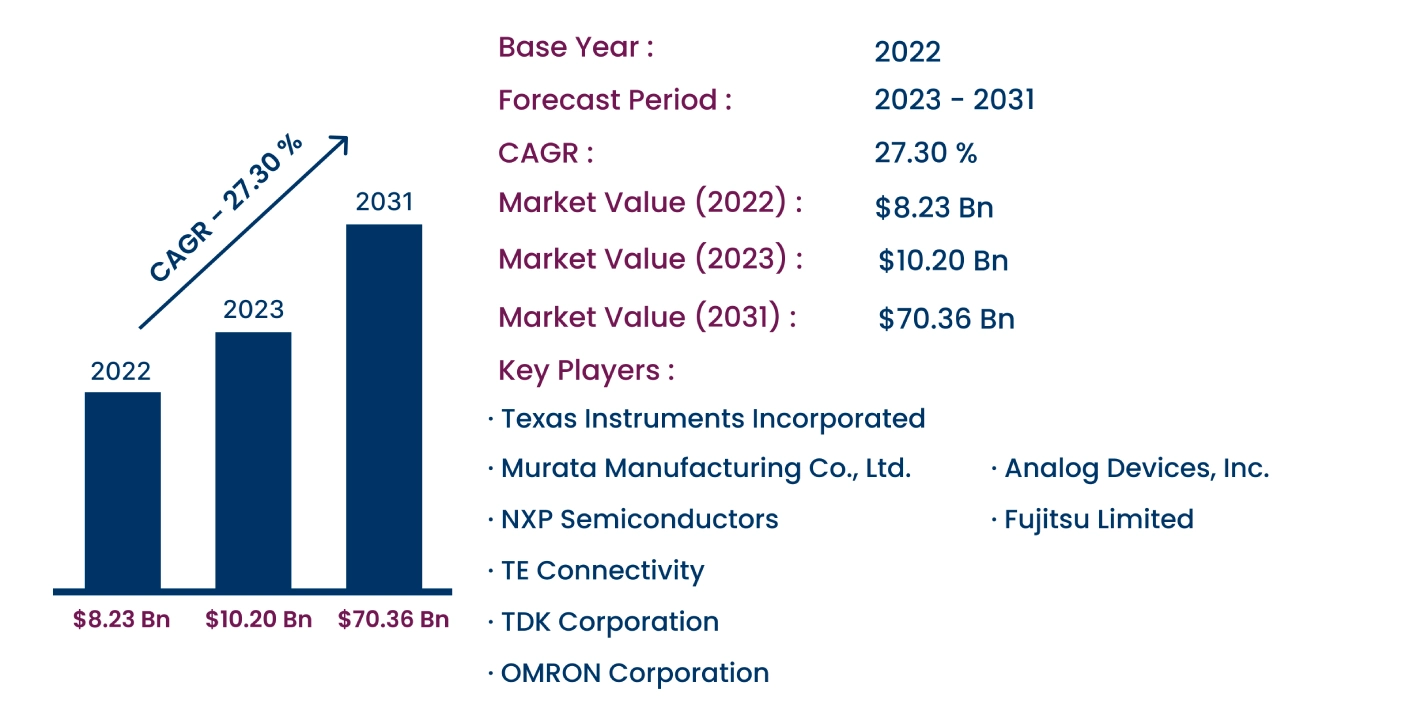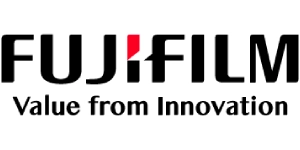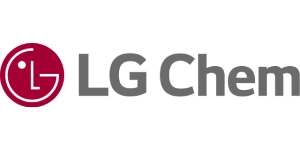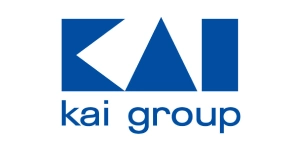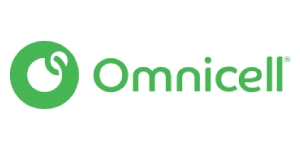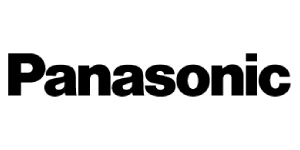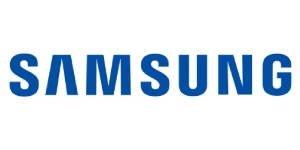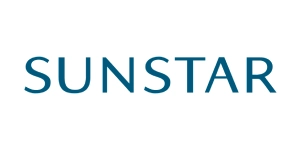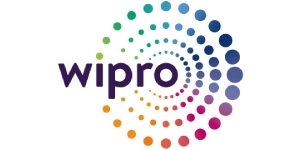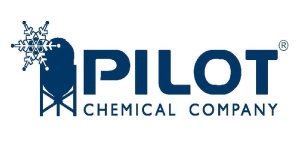Global Wireless IoT Sensors Market Expected to reach USD 70.36 Bn by 2031, Registering a CAGR of 27.30%
Category : Semiconductor And Electronics | Published Date : Oct 2024 | Type : Press Release
Wireless IoT Sensors Market Scope & Overview:
Consegic Business Intelligence in the newly published report analyzes that Wireless IoT Sensors Market size was valued at USD 8.23 Billion in 2022 and is projected to reach USD 70.36 Billion by 2031, growing at a CAGR of 27.30% from 2023 to 2031. Wireless IoT sensors are devices equipped with wireless communication capabilities, enabling them to collect and transmit data related to environmental parameters such as temperature, humidity, light, motion, and more. These sensors are widely used across sectors like industrial automation, healthcare, smart agriculture, and smart cities.
The report comprises the Wireless IoT Sensors Market Share, Size & Industry Analysis, By Component (Hardware, Software, and Service), By Type (Pressure Sensors, Accelerometers, Magnetic Sensors, Humidity Sensors, Vibration Sensors, Temperature Sensors, Distance Sensors, Optical Sensors, Environmental Sensors, Ultrasonic Sensors, Motion Sensors, and Others), By Technology (Zigbee, Wi-Fi, Bluetooth, Secure Ultra-Wideband (UWB), Near Field Communication (NFC), Thread, Z-Wave, Radio-Frequency Identification (RFID), Low Power WAN (LPWAN), and Others), By End-User (Industrial, Residential, and Commercial), By Region (North America, Europe, Asia-Pacific, Latin America, and Middle East & Africa), and Forecast, 2023-2031.
The report contains detailed information on Wireless IoT Sensors Market Trends, Opportunities, Value, Growth Rate, Segmentation, Geographical Coverage, Company Profile, In-depth Expert Analysis, Revenue Forecast, Competitive Landscape, Growth Factors, Restraints or Challenges, Environment & Regulatory Landscape, PESTLE Analysis, PORTER Analysis, Key Technology Landscape, Value Chain Analysis, and Cost Analysis.
The expansion of 5G networks is a key driver for the market growth, enabling high-speed data transfer and low-latency communication for real-time applications like industrial automation and autonomous vehicles. Additionally, smart agriculture is emerging as a significant growth driver, with wireless IoT sensors playing a critical role in optimizing crop production through precise monitoring and data-driven interventions.
Segmental Analysis :
Based on component, the market is segmented into hardware, software, and service.
- Hardware accounted for the largest market share of 52.4% in 2022, driven by the reliance on physical components such as sensors and processors to collect and process environmental data.
- The service segment is expected to grow at the fastest rate, driven by the increasing demand for consulting, deployment, and monitoring services.
Based on type, the market is segmented into pressure sensors, accelerometers, magnetic sensors, humidity sensors, vibration sensors, temperature sensors, distance sensors, optical sensors, environmental sensors, ultrasonic sensors, motion sensors, and others.
- Temperature sensors held the largest market share in 2022, driven by their wide application across various sectors, including industrial processes, agriculture, and HVAC systems.
- Pressure sensors are expected to grow at the fastest rate, supported by their increasing adoption in automotive and wearable devices for monitoring applications.
Based on technology, the market is segmented into Zigbee, Wi-Fi, Bluetooth, Secure Ultra-Wideband (UWB), Near Field Communication (NFC), Thread, Z-Wave, Radio-Frequency Identification (RFID), Low Power WAN (LPWAN), and others.
- Wi-Fi accounted for the largest market share in 2022, benefiting from its high data transfer rates and widespread use in indoor environments such as homes, offices, and factories.
- Zigbee is expected to witness the fastest growth, driven by its low power consumption and suitability for battery-operated IoT devices.
Based on end-user, the market is segmented into industrial, residential, and commercial.
- The industrial sector held the largest market share in 2022, driven by the need for real-time monitoring of machinery and equipment in manufacturing and other industrial processes.
- The commercial sector is projected to grow at the fastest rate, driven by the increasing adoption of IoT sensors for building automation and energy management.
Based on regions, the global market is segmented into North America, Europe, Asia Pacific, Middle East and Africa, and Latin America.
- North America accounted for the largest market share of USD 3.08 Billion in 2022, driven by strong technological infrastructure and the presence of major IoT sensor manufacturers.
- Asia Pacific is expected to witness the fastest growth, driven by the expansion of manufacturing and smart city projects in countries such as China and India.
| Report Attributes | Report Details |
| Study Timeline | 2017-2031 |
| Market Size in 2031 | USD 70.36 Billion |
| CAGR (2024-2031) | 27.30% |
| By Component | Hardware, Software, Service |
| By Type | Pressure Sensors, Accelerometers, Magnetic Sensors, Humidity Sensors, Vibration Sensors, Temperature Sensors, Distance Sensors, Optical Sensors, Environmental Sensors, Ultrasonic Sensors, Motion Sensors, Others |
| By Technology | Zigbee, Wi-Fi, Bluetooth, Secure UWB, NFC, Thread, Z-Wave, RFID, LPWAN, Others |
| By End-User | Industrial, Residential, Commercial |
| By Region | North America(U.S., Canada, Mexico) Europe(U.K., Germany, France, Spain, Italy, Russia, Benelux, Rest of Europe) APAC(China, South Korea, Japan, India, Australia, ASEAN, Rest of Asia-Pacific) Middle East & Africa(GCC, Turkey, South Africa, Rest of MEA) LATAM(Brazil, Argentina, Chile, Rest of LATAM) |
Top Key Players & Competitive Landscape :
The competitive landscape encompasses major innovators, aftermarket service providers, industry giants, and niche players, all of which are thoroughly examined by Consegic Business Intelligence in terms of their strengths, weaknesses, and value-addition potential. This report includes detailed profiles of key players, market share analysis, mergers and acquisitions, resulting market fragmentation, and emerging partnership trends and dynamics.
List of prominent players in the Wireless IoT Sensors Industry:
- NXP Semiconductors
- TE Connectivity
- TDK Corporation
- Texas Instruments Incorporated
- OMRON Corporation
- Analog Devices, Inc.
- Murata Manufacturing Co., Ltd.
- Fujitsu Limited
Recent Industry Developments :
- In October 2021, Sensata Technologies launched a new industrial wireless IoT system to enable constant asset monitoring, improving efficiency and reducing downtime in industrial applications.
